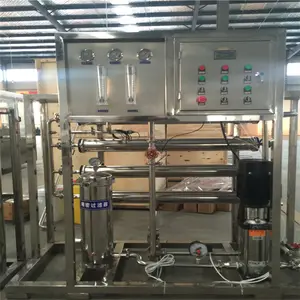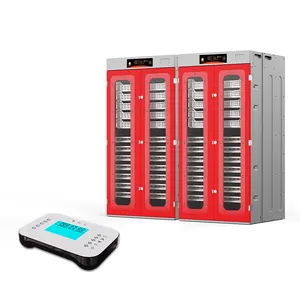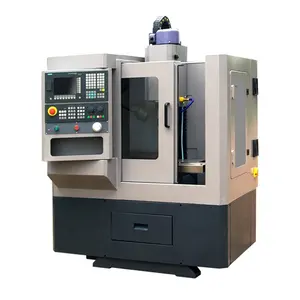Popular in your industry

























































Top categories
About small ro plant
Water is an essential element for life, and it is crucial to ensure its quality. Therefore, the small RO plant is a piece of equipment that has gained great popularity, especially in homes and small businesses. The small RO plant is a device that allows the filtration and purification of water through reverse osmosis technology. This system consists of a series of membranes and filters that remove impurities, toxins, and even microorganisms from the water, resulting in a cleaner, safer, and healthier product to drink.
What is the working principle of a small RO plant?
The reverse osmosis process consists of forcing water through a semipermeable membrane, which has extremely small pores. These pores are so tiny that only water molecules can pass through them, effectively blocking the passage of contaminants such as bacteria, viruses, heavy metals, and minerals. The small RO plant uses a combination of pre-filters, sediment filters, and activated carbon filters to remove larger particles, sediments, and organic compounds. Once the water goes through these initial stages, it enters the reverse osmosis membrane, where the final purification takes place. The water pressure forces the water molecules through the membrane, while contaminants are left behind and flushed out as waste. The purified water is collected in a storage tank, ready to be dispensed through a separate faucet or outlet. The small mini RO plant is equipped with post-filters, typically carbon filters, to improve taste and remove any residual odors.
What are the components of a small RO plant?
The key components of a small RO plant include a sediment filter, a carbon filter, a reverse osmosis membrane, a storage tank, and a post-carbon filter. The sediment filter is the first line of defense in the small RO plant, removing larger particles and sediments. The small RO plant is equipped with a carbon filter, which is designed to remove chlorine, organic compounds, and other chemicals that can affect the taste and odor of water. The reverse osmosis membrane is the heart of the small RO plant. It consists of a thin film with microscopic pores that allow only water molecules to pass through, rejecting contaminants. The storage tank is essential, as it stores the purified water for on-demand use. The post-carbon filter is the final stage of the small RO plant, ensuring that the water is free of any remaining tastes or odors. The combined action of these components makes the mini RO plant for home effective in producing clean and safe drinking water.
What are the advantages of a small RO plant?
The small RO plant is known for its ability to remove a wide range of contaminants, including bacteria, viruses, heavy metals, and chemicals, providing a comprehensive water purification solution. It improves the taste and odor of water by removing chlorine, organic compounds, and other impurities. The small RO plant is compact and easy to install, making it ideal for small spaces like homes and offices. It is energy-efficient, requiring no electricity for the purification process. The small RO plant offers a convenient and cost-effective way to access safe and clean drinking water at home or in small businesses. Compared to larger industrial RO systems, the small RO plant is more affordable and has lower small RO water plant costs. It is easy to maintain and does not require extensive upkeep, making it a practical choice for those looking for a hassle-free water purification system.








































